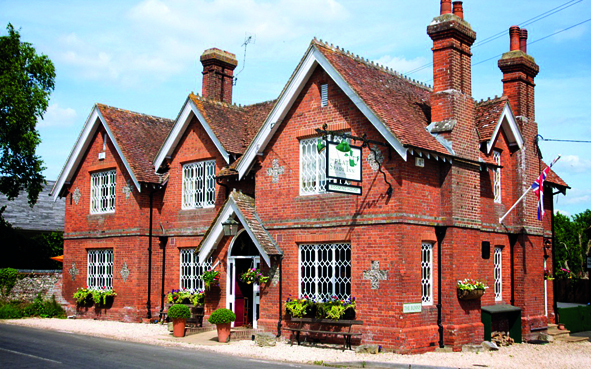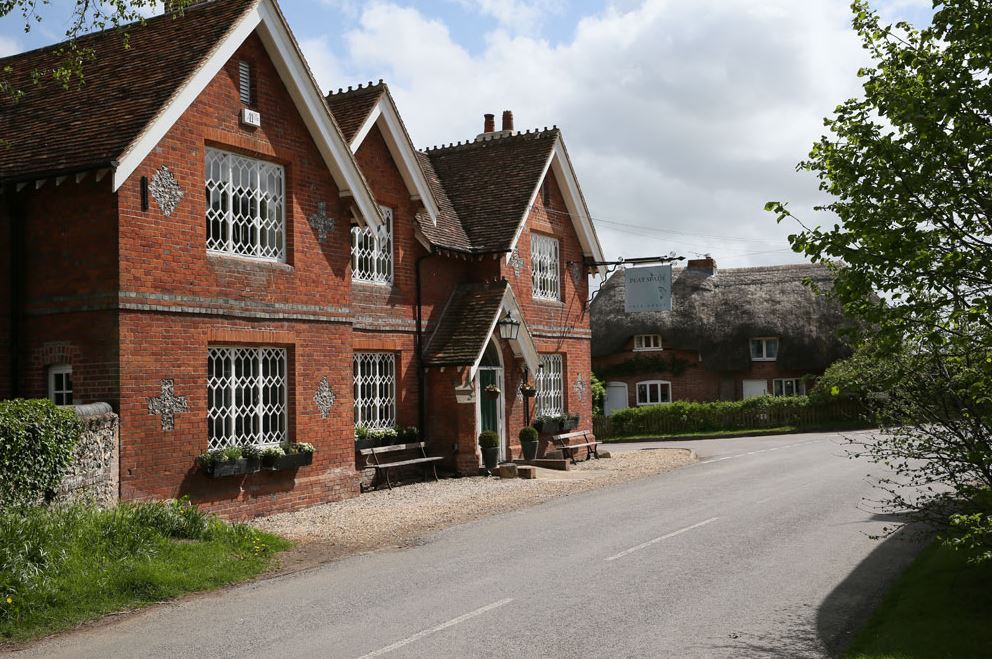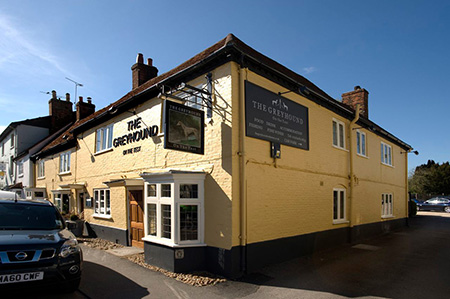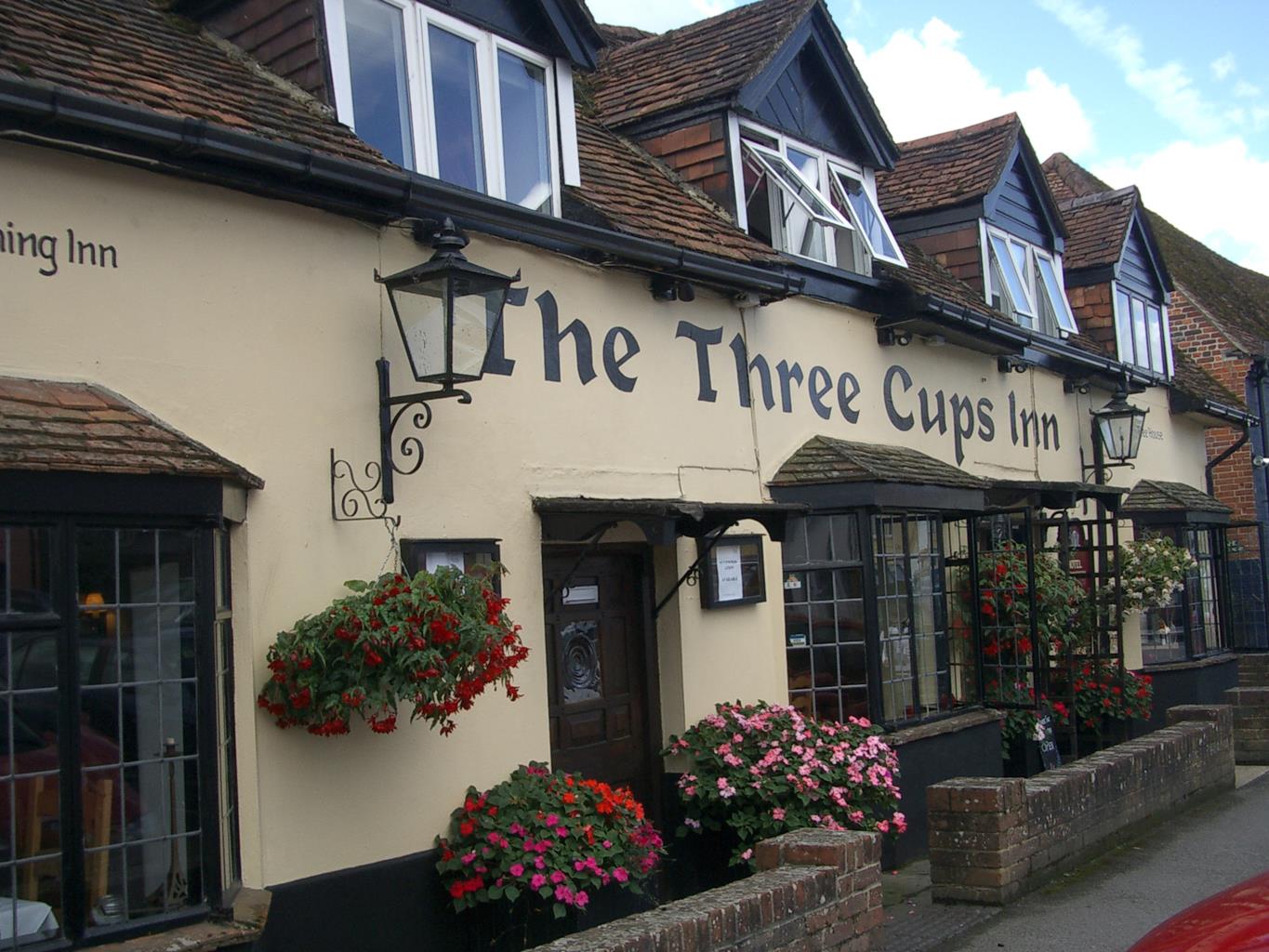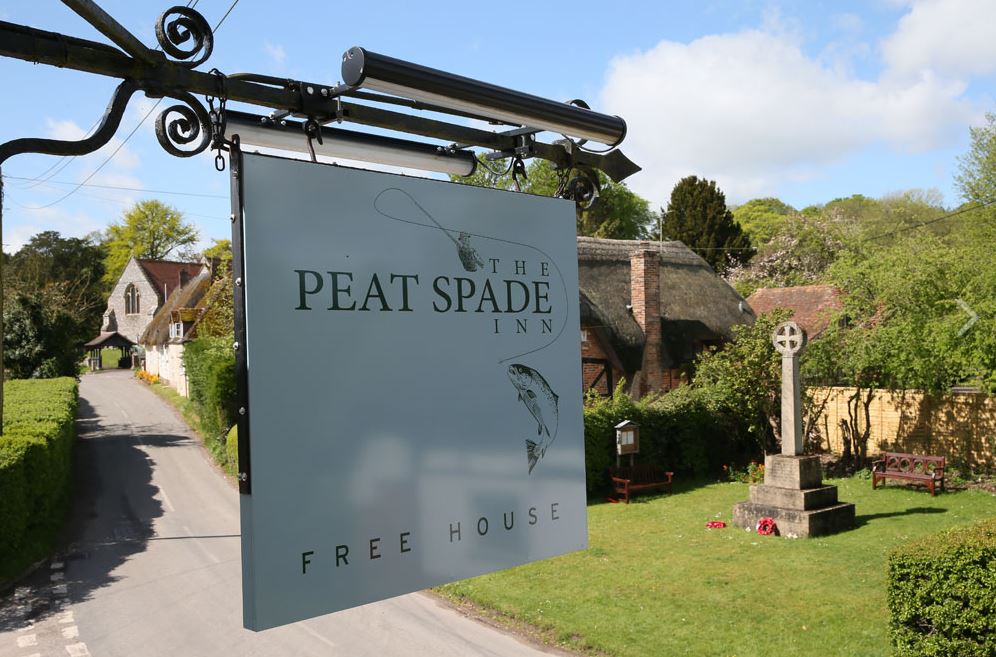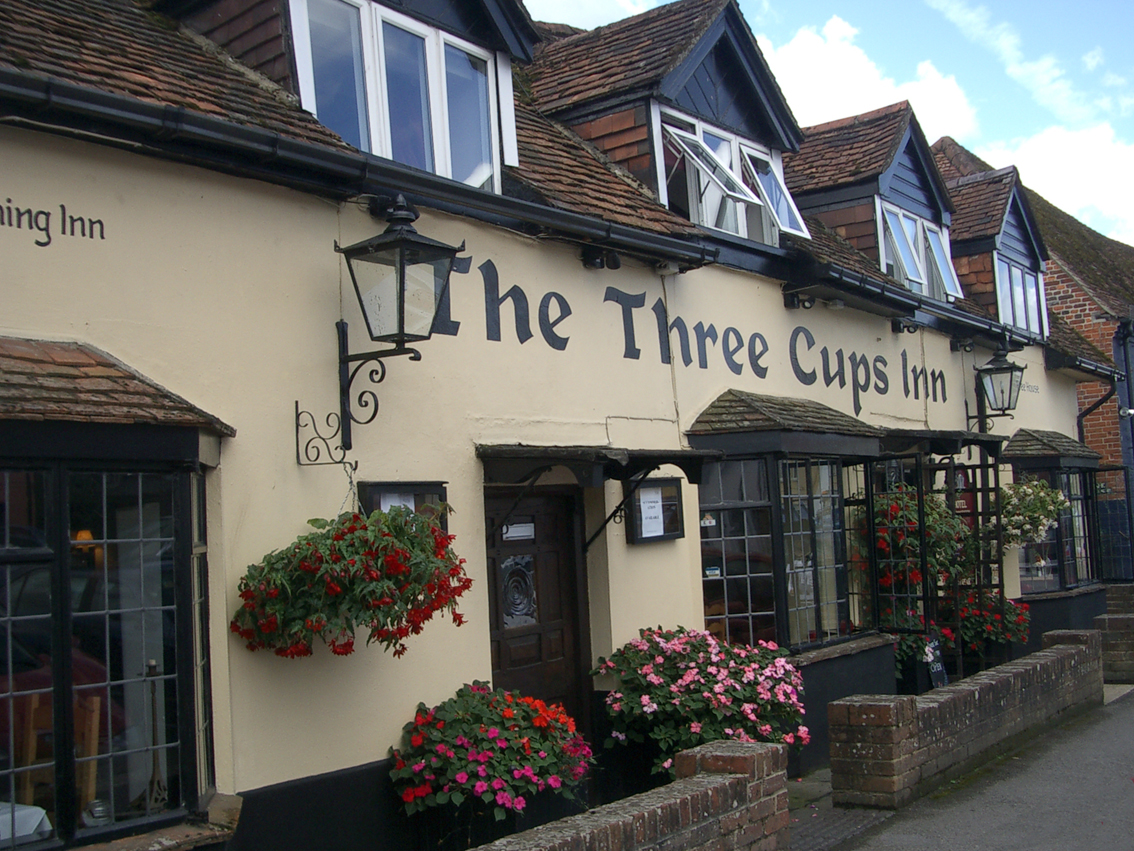In a delightfully tranquil setting between the historic cities of Winchester and Salisbury,…
War and peace at Danebury

A stroll around one of Hampshire’s most fascinating prehistoric sites.
1.25 miles (2kms)
About the walk
Danebury Down has been crowned by its hill-fort for some 2,500 years. It stands in a commanding position, with views across the Test Valley to neighbouring Woolbury nearly 4 miles (6.4km) to the east. This short walk offers an enjoyable introduction to the site but do allow extra time to explore the centre of the ring and its massive outer defences.
The community at Danebury
Danebury is one of Europe’s most carefully studied hill-forts. Archaeologists believe that a community of three or four hundred people lived here for some five centuries until the Roman invasion in ad43. Their excavations have revealed the remains of 73 circular dwellings, as well as 500 store buildings and several thousand deep storage pits. These were probably used for holding grain, though only a few of the pits would have been used at any one time. Pagan shrines and temples were also found on the high ground near the middle of the fort. Here, offerings and sacrifices would have been made by the priests, who were also the community’s legislators, teachers and medicine men.
The Danebury community sheltered their sheep and cattle in the hill-fort and modern aerial surveys have shown up the remains of their prehistoric field systems in the surrounding landscape. Their farmers would have traded leather goods, woollens and grain for necessities such as iron, copper and salt. But life wasn’t always so peaceful and while Danebury’s warriors had helmets, swords and horse-drawn chariots at their disposal, at times everyone would have helped to defend the site.
Defending the hill-fort
Indeed, the defences are the most obvious legacy of this Iron Age community. As you enter the fort you’ll see the complex earthworks designed to make the enemy vulnerable as he zig-zagged towards the fort’s massive timber gates. A stockpile of 11,000 pebbles found near this spot indicates that men, women and children may all have used slings to pelt their attackers with stones.
Walk directions
Walk up the gravel path beside the toilet block and go through the wooden gate into the site. Follow the grassy path up the slope, aiming just to the right of the triangulation pillar on the outlying earthworks close to the fort entrance.
Go through the gates at the entrance to the fort and follow the gravel path through the outer bank. Turn right, climb the 17 wooden steps up onto the inner ramparts. The ramparts were constructed by throwing back soil from the outer ditch behind a timber wall. In time the timbers rotted, creating the smoother profile that you’ll see around the earth bank. Turn right along the top of the bank. From here, the circular gravel path leads right around the top of the defences. Drop down the 23 steps leading back to the main entrance. Turn right through the gates and bear right towards the triangulation pillar.
Continue through the kissing gate straight ahead. Bear right, around the edge of this large field, where you may see grazing animals. Simply follow the field-edge around to the left until you reach the water trough and gate near the far corner. From here, follow the field-edge uphill for 100yds (91m) to a kissing gate and steps down into the car park.
Additional information
Downland grass and gravel paths, two flights of steps
Wooded downs and grazing fields
No dogs inside the hill-fort gates (alternative dog-friendly route circles outside the fort fence); watch out for other colour-coded access areas
OS Explorer 131 Romsey, Andover & Test Valley
Hampshire County Council car park
At the start (open April–October) or Stockbridge High Street
WALKING IN SAFETY
Read our tips to look after yourself and the environment when following this walk.
Find out more
Also in the area
About the area
Discover Hampshire
Hampshire’s varied landscape of hills and heaths, downlands and forests, valleys and coast is without rival in southern England. Combine these varied landscapes and terrains with secluded and idyllic villages, complete with thatched and timber-framed cottages and Norman churches, elegant Georgian market towns, historic ports and cities, restored canals and ancient abbeys, forts and castles, and you have a county that is paradise for lovers of the great outdoors.
If you’re a walker, stride out across the high, rolling, chalk downland of the north Hampshire ‘highlands’ with far-reaching views, walk through steep, beech-clad ‘hangers’ close to the Sussex border. Or perhaps take a gentler stroll and meander along peaceful paths through unspoilt river valleys, etched by the sparkling trout streams of the Test, Itchen, Avon and Meon. Alternatively, wander across lonely salt marshes and beside fascinating coastal inlets or, perhaps, explore the beautiful medieval forest and heathland of the New Forest, the jewel in Hampshire’s crown.
Nearby stays
Restaurants and Pubs
Nearby experiences
Recommended things to do
Why choose Rated Trips?
Your trusted guide to rated places across the UK
The best coverage
Discover more than 15,000 professionally rated places to stay, eat and visit from across the UK and Ireland.
Quality assured
Choose a place to stay safe in the knowledge that it has been expertly assessed by trained assessors.
Plan your next trip
Search by location or the type of place you're visiting to find your next ideal holiday experience.
Travel inspiration
Read our articles, city guides and recommended things to do for inspiration. We're here to help you explore the UK.

